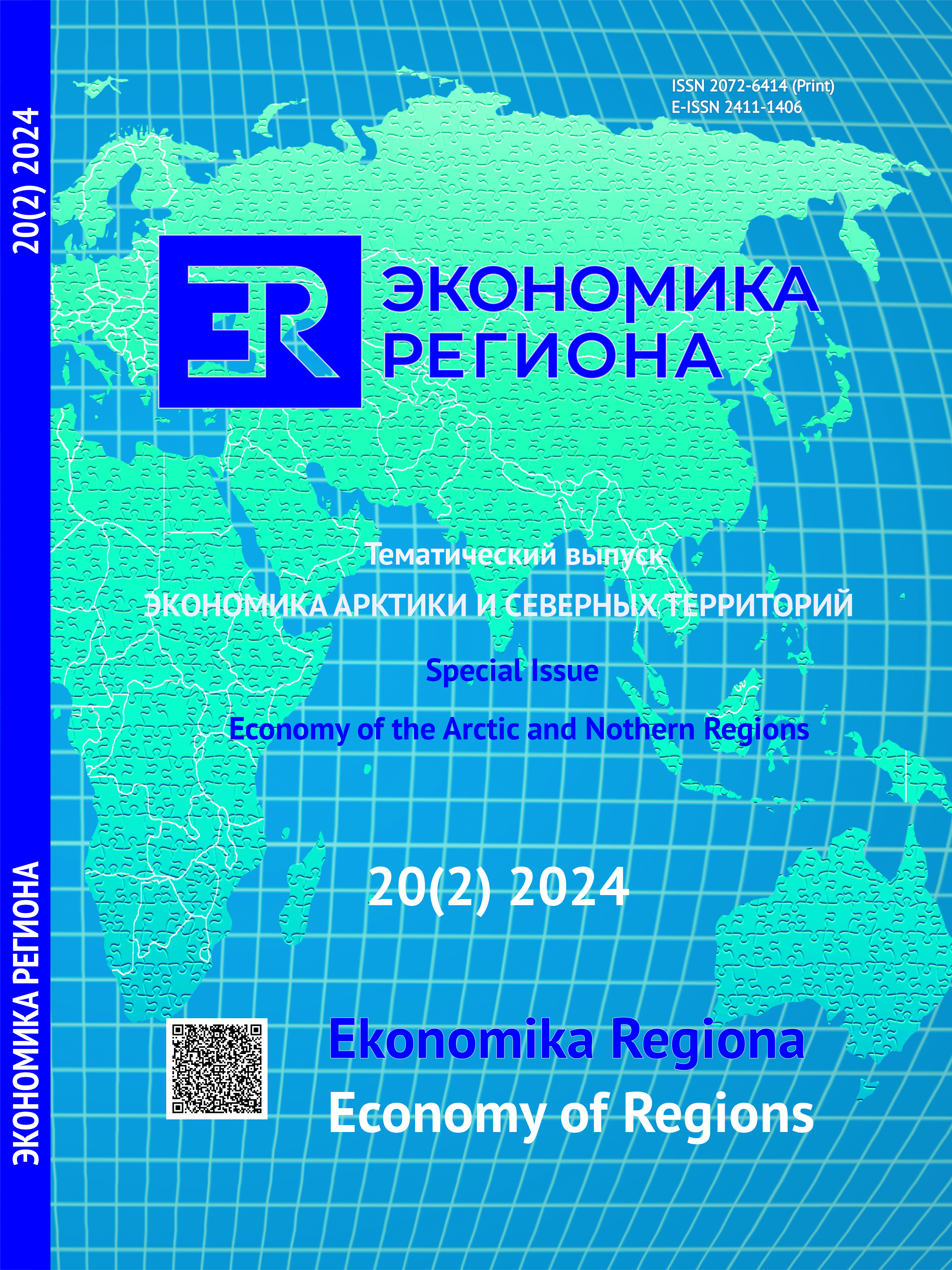Directions of Digital Transformation of the Social Service Space in a Northern Region
DOI:
https://doi.org/10.17059/ekon.reg.2024-2-10Keywords:
social service space, multi-layered space, digital transformation, population resettlement, healthcare, education, information and communication servicesAbstract
T
Considering inadequate social infrastructure, poor transport connectivity, migration outflow and deformation of the settlement system in northern regions, social services become less available. After searching for ways to change the situation, we hypothesised that digital transformation of healthcare and education plays an important role in improving the production and transfer of social services to consumers and adjusting the social service space of the Komi Republic. The region’s social development space is a stratified object consisting of different layers, such as settlement, social service (healthcare, general education) and infrastructure (transport and ICT). The weak consistency of spatial structures at different layers is considered in the context of the communication connectivity concept. The study aims to understand the potential of digital transformation of healthcare and education to increase the availability of social services. To this end, industry digitalisation indices were identified, the methodology of their digital maturity was tested. The cartographic method was used to present the spatial structure of the ICT layer showing the digital inequality of the population. A problem analysis of the location of healthcare, education and communication facilities in 687 settlements and synthesis of quantitative estimates of the social service and ICT layers revealed their inconsistency. A comprehensive assessment of services identified 234 critical settlements without primary and secondary schools and partially without accessible healthcare facilities. Only half of them have the ICT infrastructure required for digital transformation. The similarity transformation method of structures in a multi-layered space determined the points and formats of communication for compensating digitalisation. It will provide remote communication of people with medical organisations, educational services and create the technological basis for implementing strategic digital transformation projects, which will be examined in further studies.
Downloads
Published
How to Cite
Issue
Section
License
Copyright (c) 2024 Дмитриева Тамара Евгеньевна , Куратова Любовь Александровна

This work is licensed under a Creative Commons Attribution 4.0 International License.




